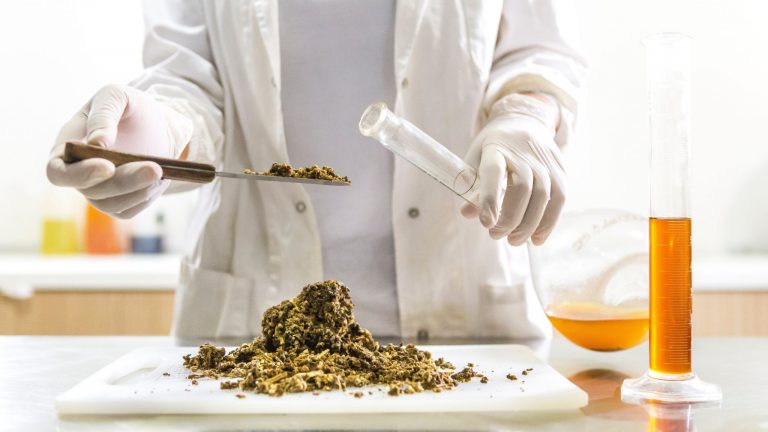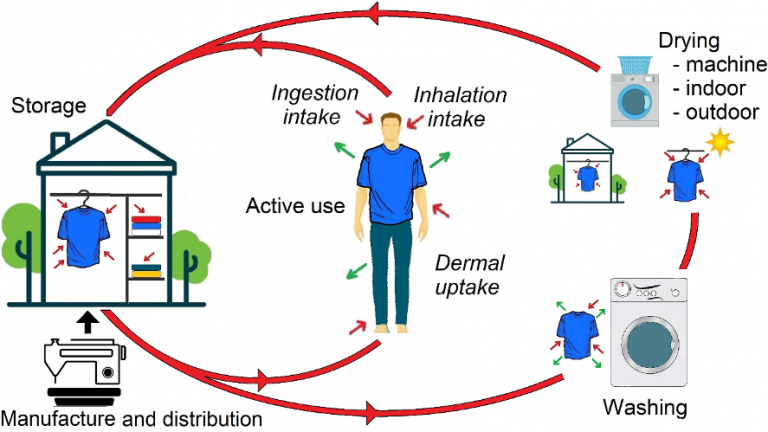
Microbiology of the Built Environment
“Every breath you take, every move you make, every bond you break, every step you take, microorganisms will be watching you.” As you already probably know, microorganisms are literally everywhere – in the air, water and soil, and also in our built environment, which comprises houses, offices and vehicles, among others. But what are microorganisms (…)

Air Humidity and Indoor Air Quality
As an introduction let’s take a look at a commonly used design tool: the Psychometric chart I know it looks really complicated and we are not gonna explain everything about this graph. I’m using it to show two main points: You can clearly see that there is a given comfort zone in bright green And (…)

Are candles Toxic to Indoor Air Quality?
More information is known about pollutants in outdoor air than in indoor air, although we spend about 90% of our time in public or private indoor environments. There are various sources of indoor air pollution, to name a few, such as emissions from building materials and furniture, electric equipment, heating or cooling systems, combustion sources (…)

Indoor Air Quality in Spacecraft Cabins
1. INTRODUCTION It is well known that the indoor air quality of buildings is extremely important as about 90% of our daily time is spent indoors [1]. It is also well known that indoor air can be 2 to 5 times more polluted than outdoor air, thus leading to compromise the health of the occupants. (…)

The effect of plants on indoor air quality
Figure 1: picture of TheFacesISeek (Saptarshi) What is the effect of having plants indoors? is it good? how good? and in which way are the plants affecting the indoor climate? This is some of the questions you could ask yourself when you think of indoor climate while looking at your desktop potted plant. Let us (…)

What you wear affects what you breathe
By Dusan Licina (EPFL – École polytechnique fédérale de Lausanne), Glenn Morison (University of North Carolina), Gabriel Bekö (Denmark Technical University) Charles Weschler (Denmark Technical University and Rutgers University) and William Nazaroff (University of California Berkeley) Table of Contents Art from Licina et al. 2019 Take a couple of seconds to think about how much (…)

IMPACT OF INDOOR AIR QUALITY ON HUMAN PRODUCTIVITY
Background It is widely recognized that there is a significant relation between indoor air quality and human productivity. Workers exposed to poor air quality may get tired easily, find it difficult to concentrate or even get sick, resulting in less productivity and thus probably remarkable financial loss for employers since staff costs typically occupies about (…)

EMERGING HVAC FILTRATION AND AIR CLEANING TECHNOLOGIES
Air pollution is one of the ten biggest global health threats as stated by the World Health Organization (WHO) due to it’s devastating toll of nearly 7 million death every year as consequence of related illnesses, be for people with preexisting conditions such as allergies or healthy ones [1]. This is mostly attributed to the (…)

HUMANS AS SOURCES OF INDOOR PARTICLES AND GASES
Breathing is a main need for a person to live. In average, we inhale 11.000 litres of air per day1. Bad air quality is a risk for humans. According to the World Health Organization the number of deaths caused by a bad air quality in 2017 reached 4,2 million people2. The effects on humans of (…)

IMPACT OF PERSONAL CARE PRODUCTS ON HUMAN EXPOSURE
Do you choose your deodorant or shampoo according to its smell? Does the smell of the cosmetics persuade you to buy them? Do you enjoy a nicely smelling bath after a long day? Most people would say yes to these questions. But do we know the ugly truth behind these nice odours? We spend about (…)